PANZERS EAST AND WEST
THE GERMAN 10TH SS PANZER DIVISION FROM THE EASTERN FRONT TO NORMANDY
Dieter Stenger
STACKPOLE
BOOKS
GUILFORD, CT
Published by Stackpole Books
An imprint of Globe Pequot
Distributed by NATIONAL BOOK NETWORK
800-462-6420
Copyright 2017 Dieter Stenger
Unless otherwise noted, all photos are from the authors collection.
All rights reserved. No part of this book may be reproduced in any form or by any electronic or mechanical means, including information storage and retrieval systems, without written permission from the publisher, except by a reviewer who may quote passages in a review.
British Library cataloguing in Publication information available
Library of Congress Cataloging-in-Publication Data available
ISBN 978-0-8117-1627-7 (hardcover)
ISBN 978-0-8117-6590-9 (e-book)
 The paper used in this publication meets the minimum requirements of American National Standard for Information SciencesPermanence of Paper for Printed Library Materials, ANSI/NISO Z39.48-1992.
The paper used in this publication meets the minimum requirements of American National Standard for Information SciencesPermanence of Paper for Printed Library Materials, ANSI/NISO Z39.48-1992.
Printed in the United States of America
Contents
Foreword
THE SCHUTZSTAFFEL (SS) was the most bizarre political and military organization in German history. During the period of the Third Reich it was a state-within-a-state, and its military arm, the Waffen-SS, was an army-within-an-army. The Waffen-SS started out as the Nazi Partys armed and uniformed paramilitary force. As that force evolved from Hitlers bodyguard detachment, the Wehrmacht derisively called the Waffen-SS Asphaltsoldaten (Asphalt Soldiers), in reference to the fact that in their early years they spent most of their time performing ceremonial duties on the parade ground square. As the Waffen-SS grew into divisional-sized units, it theoretically remained completely separate from the Wehrmacht, a rival army. From 1939 on it came increasingly under the operational control of the German Army (Heer) for combat operations; yet, it was administratively independent. Personnel management, assignments, officer commissions, and promotions were controlled ultimately by Heinrich Himmler, the Reichsfhrer-SS. The Wehrmacht, on the other hand, had to equip, transport, supply, and to a certain extent train the Waffen-SS. Thus the Waffen-SS evolved into an army-within-an-army. The lines between the two organizations were never quite clearly drawn, and the friction between the two lasted throughout the war, and well beyond.
In May 1945, as the Germans were surrounded by the ruins of their devastated country, they faced historys harsh judgment for the brutal and barbaric policies and actions of the Third Reich. At the time, many Germans claimed to the Allied occupation authorities that they had known nothing about the attempted extermination of the Jews, or the widespread enslavement and mass murder of civilians in Poland and Russia. As early as the Nuremberg Trials, starting in November 1945, a sharp line of distinction was drawn between the evil SS, the perpetrators of those crimes, and the honorable Wehrmacht. Along with twenty-two top-ranking individuals of the Third Reich, six of its organizations were tried before the International Military Tribunal. Former Wehrmacht officers, led by Field Marshal Erich von Manstein, successfully argued for the acquittal of the German General Staff and the Wehrmacht High Command. And although the Waffen-SS was on trial as a component of the larger SS, former Waffen-SS officers led by SS-Oberstgruppenfuhrer Paul Hausser pursued the argument that the Asphalt Soldiers had been Soldiers like any other. Nonetheless, the SS including the Waffen-SS was convicted of being a criminal organization, and the SS became the Alibi of the Nation.
Without a strong postwar belief in the idea of the clean Wehrmacht, Germany and the NATO allies just might never have been able to establish the Bundeswehr in 1955. But only the Nuremberg Trials seemed to draw a sharp line between the Wehrmacht and the Waffen-SS. The reality was somewhat more nuanced, as reality always is. The Good Germans vs. Evil Nazis dichotomy held up quite well for some twenty years, until the follow-on German generation in the mid-1960s started questioning their parents accounts of life during the war. And although the immediate postwar rationalization continued to hold up after a fashion for another twenty years, it came increasingly under challenge. The tipping point finally came in 1985 when German president Richard von Weizscker, himself a former Wehrmacht officer, delivered a speech to the Bundestag proclaiming that 8 May 1945 had been the day of Germanys liberation, rather than the date of its surrender and occupation. From that point on, all the old social and political taboos about the Third Reich period started to crumble, and critical enquiry expanded. In 1996 Daniel Goldhagens controversial book, Hitlers Willing Executioners: Ordinary Germans and the Holocaust, seriously challenged the assertion that most Germans had not known about the Holocaust. Between 2001 and 2004 the Wehrmachtsausstellung traveling exhibition in Germany examined the German militarys complicity in the crimes of the Third Reich, and helped pretty well demolish the myth of the clean Wehrmacht.
The assessment of World War II Germany is a process that still continues more than seventy years after the Third Reichs final surrender. Despite all of the Nazi obsession with racial purity, more than half of the eventual 900,000 troops who served in the Waffen-SS over the six-year period of war came from outside the original borders of pre-1939 Germany, and a great many were not even remotely ethnic Germans. Among the total of forty-two Waffen-SS divisions raised during the war, the 14th Waffen Grenadier Division of the SS consisted largely of Ukrainians; the 20th Waffen Grenadier Division consisted of Estonians; the 21st Waffen Mountain Division consisted of Albanian Muslims; the 29th Waffen Grenadier Division consisted of Italians; and the 30th Waffen Grenadier Division consisted of Belarussians. Even so, having been a member of the Waffen-SS was enough of a stigma in the postwar era that many Germans concealed their past membership. Nobel Prize-winning author Gnter Grass, who built his literary reputation as a rather smug moral critic of the Third Reich, concealed his service in the Waffen-SS for more than sixty years. Trained as a tank gunner in 1944, he then served with the 10th SS Panzer Division (the subject of this book) until it surrendered to American forces at Marienbad in 1945.
Numerous Wehrmacht officers questioned the professional competence of their Waffen-SS counterparts. Many of the relatively apolitical regular officers remained skeptical of the large numbers of ideologically strident officers within the Waffen-SS, although the Wehrmacht itself also had no shortage of such. Many of the higher-numbered Waffen-SS divisions established late in the war were little more than armed mobs, but most of the lower-numbered and older Panzer and Panzergrenadier Waffen-SS divisions acquired justified reputations as skillful and tenacious combatants, every bit the equals of their Wehrmacht counterparts. A fair number of Wehrmacht officers were cross-posted to Waffen-SS units at various times, and a small handful of very senior Waffen-SS


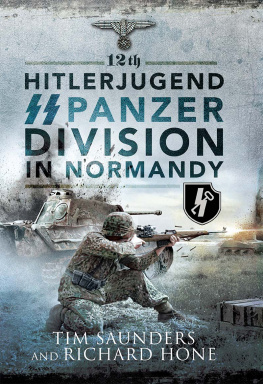
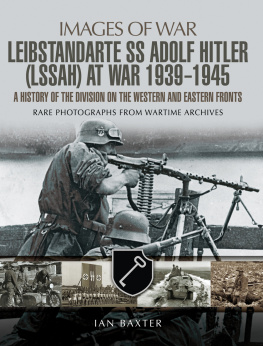

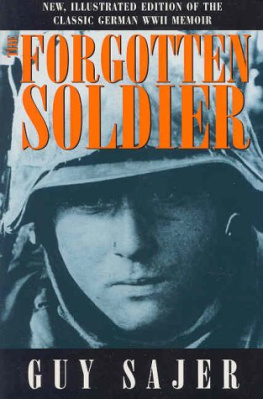


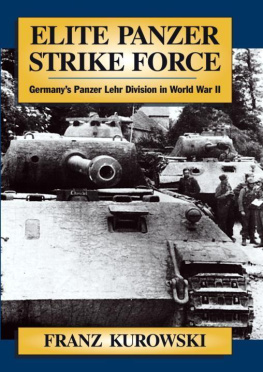

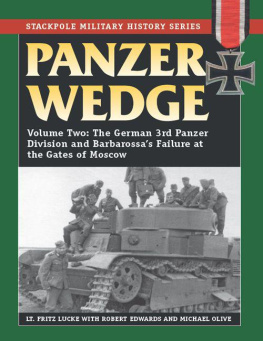
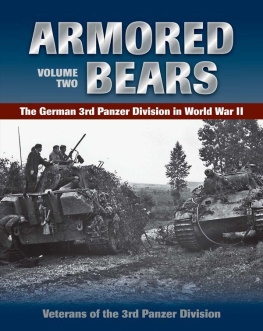

 The paper used in this publication meets the minimum requirements of American National Standard for Information SciencesPermanence of Paper for Printed Library Materials, ANSI/NISO Z39.48-1992.
The paper used in this publication meets the minimum requirements of American National Standard for Information SciencesPermanence of Paper for Printed Library Materials, ANSI/NISO Z39.48-1992.